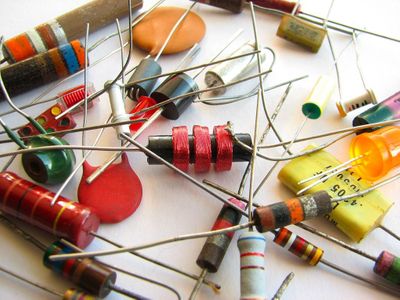1. Basic components, voltage and current sources (independent and dependent). Ohm's law and Kirchhoff's laws. Analytical methods including nodal analysis, mesh analyses, superposition and graphical methods.
2. Two pole equivalents (Thevenin and Norton equivalents).
3. Operational amplifiers.
4. Transient switching including equilibrium and continuity. Time dependent quantities in dynamic circuits.
5. Complex numbers. Alternating current and time harmonic signals analysed with the complex method (the "j omega-method"). Impedances.
6. Complex power. Active, reactive and apparent power. The Tellegen theorem. Matching, phase compensation and power factor.
7. Inductive coupling and transformers.
8. Filter circuits and Bode diagrams/plots.
9. Three-phase systems and balance in such systems.
10. Sustainability issues from a circuit analysis perspective. These include, but need not be limited to, design and choice of materials and recycling.
11. Applications. The course CDIO-elements include dimensional analysis and to design, dimension and create basic circuits, under the concept ”Conceiving”, with introductory elements of ”Designing”.
